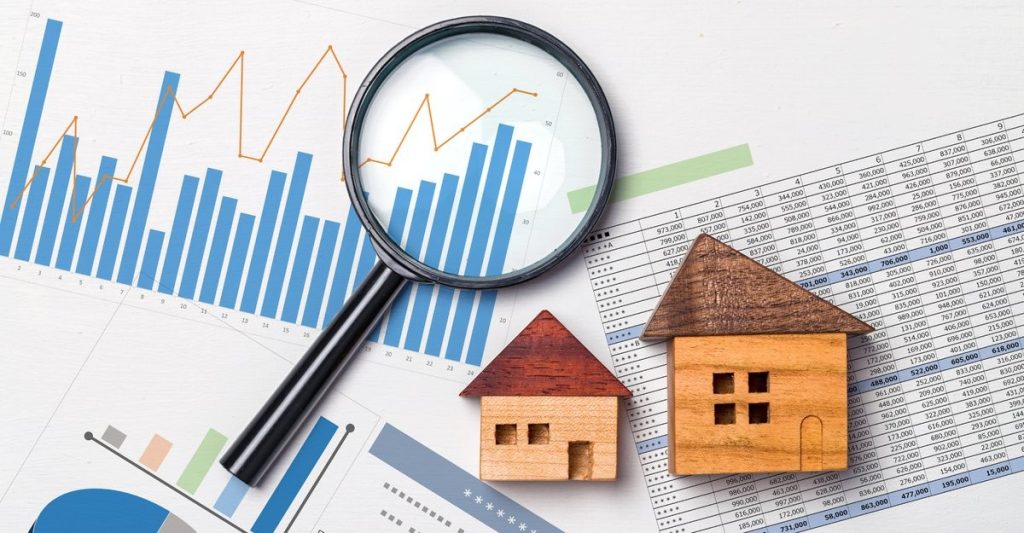- 🏘️ Sales of previously owned homes dropped 5.4% in June compared to May.
- 📉 Inventory surged 23.4% from the previous year to 1.32 million units.
- 💰 The median price of an existing home sold in June was $426,900, a 4.1% increase year-over-year.
- 🔄 Market shift from seller’s to buyer’s as homes sit longer and receive fewer offers.
- 📆 Homes spent an average of 22 days on the market, up from 18 days last year.
- 🏠 Higher-end home sales, especially over $1 million, remained strong while lower-end saw significant drops.
- 📈 Median listing prices declined due to an influx of lower-priced listings.
- 💵 All-cash sales increased to 28%, while investor activity slightly decreased to 16%.
In June 2024, the real estate market experienced noticeable changes that are reshaping what both buyers and sellers can expect moving forward. These shifts indicate a transition from a seller’s market to a buyer’s market, marked by a variety of trends and statistics. In this blog post, we’ll delve into the key factors behind this transition, examine the latest data, and offer insights on how you can navigate this evolving landscape.
The Shift in Home Sales and Inventory
Decline in Home Sales
Sales of previously owned homes dropped by 5.4% in June compared to May, according to the National Association of Realtors. This marks a notable decline and represents the slowest pace of sales since December of the previous year. This decrease is attributed to higher mortgage rates and changing buyer behavior, leading to fewer closed sales.
Surge in Inventory
Conversely, inventory showed a significant increase. The number of homes available for sale jumped 23.4% from a year ago, reaching 1.32 million units. This increase in supply is a crucial indicator of the market shifting towards favoring buyers. The current inventory translates to a 4.1-month supply, moving closer to the six-month supply deemed balanced between buyers and sellers.
Pricing Dynamics in the Housing Market
Rising Home Prices
Despite the increase in inventory, home prices have continued to rise. The median price of an existing home sold in June was $426,900, a year-over-year increase of 4.1%. This marked an all-time high for the second consecutive month. Part of this price increase is attributed to the strength of the higher-end housing market, where homes over $1 million saw gains.
Influence of Lower-Priced Listings
Interestingly, while the overall market saw high prices, new listings skewed towards smaller and lower-priced homes. This influx in more affordable listings has tempered the median listing price. Homes priced between $200,000 and $350,000 saw a 50% increase in new listings compared to the previous year, indicating that the lower end of the market is also attracting significant interest.
Market Behavior and Buyer Trends
Market Time and Offers
Homes now spend more time on the market, averaging 22 days, up from 18 days last year. Sellers are receiving fewer offers, and the bargaining power is shifting towards buyers who are increasingly demanding home inspections and appraisals.
All-Cash Sales and Investor Activity
Another notable trend is the rise in all-cash sales, which accounted for 28% of transactions, up from 26% a year ago. However, investor presence in the market has slightly decreased to 16%, down from 18%.
Strategic Insights for Buyers and Sellers
For Buyers
- Leverage Increased Inventory: With more homes available, buyers have a better selection to choose from. This can lead to more negotiating power and potentially better pricing.
- Take Advantage of Lower Mortgage Rates: With mortgage rates slightly pulling back to the high 6% range, buyers may find improved financing options.
- Focus on Due Diligence: Insist on home inspections and appraisals to ensure you’re making a sound investment.
For Sellers
- Price Competitively: With more homes on the market, pricing your home competitively can attract more buyers.
- Invest in Home Staging: Make your home stand out by investing in professional staging, which can help reduce the time your home spends on the market.
- Stay Informed on Market Conditions: Keep an eye on inventory levels and pricing trends to better understand when to list your home.
The Future Outlook
Lawrence Yun, chief economist for the National Association of Realtors, suggests that continued increases in inventory could either lead to a rise in home sales or cause prices to stabilize. This evolving landscape requires both buyers and sellers to stay informed and agile in their strategies.
By understanding these trends, both parties can better navigate the complexities of the current real estate market, making informed decisions that align with their goals.






